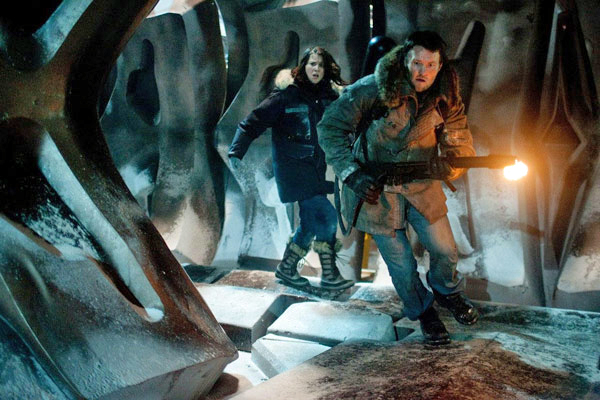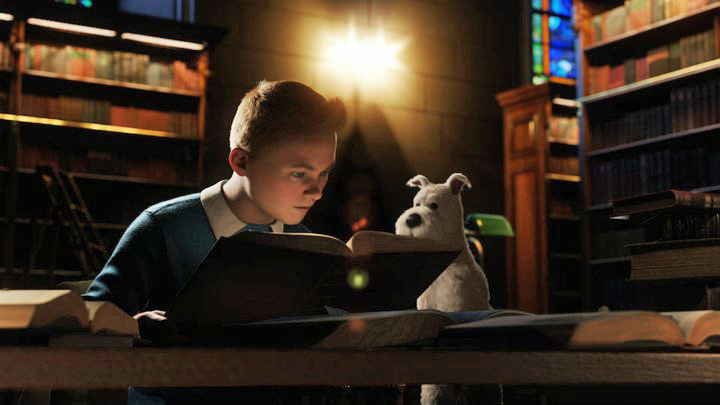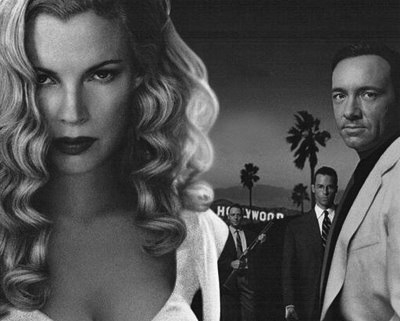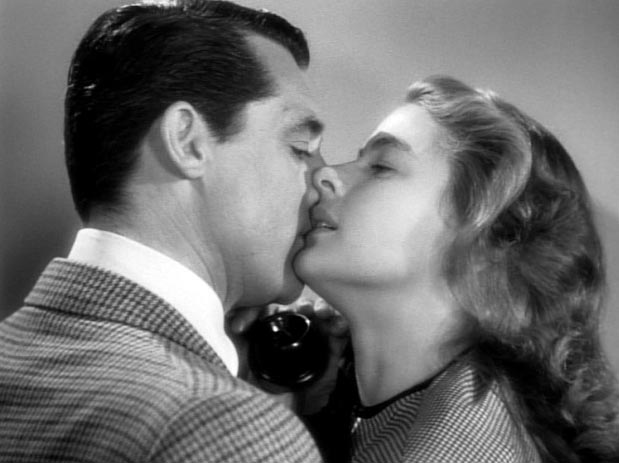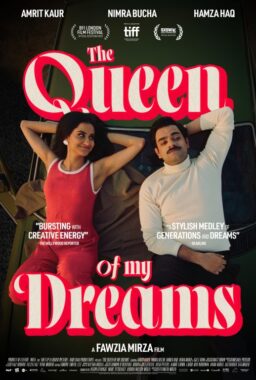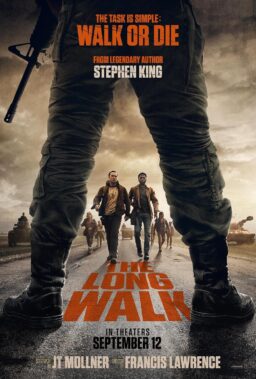Q. Is it possible that Disney took “The Lion King” into the shop for a little retooling between its first and second release? I thought the best sight gag in the movie was when Timon and Pumbaa staged their mini-luau to lure away the hyenas. There’s a hilarious contrast between carefree Timon, doing his manic little hula, and poor, pragmatic Pumbaa, stuck motionless on a plate, agony in his eyes and sweat literally spouting out of every pore. So, a few weeks back, I take the kids to the re-release and wait patiently for my favorite scene and…lo and behold! No sweat! No agony! Pumbaa’s lying on the plate, big smile on his face, apparently having the time of his life! At first, I think I’m suffering from MAMLS (Middle-age Memory Loss Syndrome), but my 11-year old daughter, who remembers EVERYTHING, backs me up on it. (Chuck Mathias, Tacoma, WA)
A. But Don Hahn, who produced “The Lion King” for Disney, does not. “There are very definitely NOT two versions out there,” he told me. “Before we animated, we had contemplated Pumbaa being really nervous. But finally we settled on just two of them having a great time doing the hula. The movie has not changed. Pumbaa is enjoying himself, an apple in his mouth, not sweaty or nervous.”
Q. Why do the photos of Samuel L. Jackson in the “Pulp Fiction” ads show him with short hair, instead of the giant, curly ‘do he wears in the movie? (Joanna Brandon, Chicago)
A. I wish my answer was more intriguing, involving marketing decisions about whether a conservative haircut sells more tickets than a Jheri-Curl, but the truth is: When they were shooting the publicity stills, they couldn’t find the wig that Jackson wore in the movie.
Q. Why is the type font for the credits of movie posters and ads so hard to read? The font is very narrow and tall. Is this some kind of standard that the industry has adopted? If so, I think it should be changed. (Don Black)
A. Those spindly, microscopic letters are the result of Hollywood contract language, according to Sherman Wolf, whose Chicago firm handles ads for many studios. “On newspaper ads that are 7.5 inches deep or more,” he told me, “the rule is that the credits have to be there. If more than one actor is listed, that triggers a requirement that a lot of other names be included, like director, writer, cinematographer and so on. Space is expensive, and they want the credits to take up as little space as possible. Contracts specify that the credits must run in a type size that is a certain percentage of the height of the title. They cannot make the words shorter, but they can make them narrower–squeezing more into a smaller space.”
Q. In a recent Movie Answer Man, Janice Hargrove complained that editing-for-TV made the plot of “Cabaret” meaningless by removing references to the homosexuality of Joel Gray’s character. I can top that: I must have seen “Deliverance” on TV half a dozen times and never understood what happened because the rape scenes were completely excised. In fact, I’ve never seen the full movie, and can only surmise what happened from friends’ accounts of the plot. (Joseph Holmes, Brooklyn. N.Y.)
A. It was about two guys banging each other over the head with banjos, right?

